They call them cold hearts, and they are at the center of their new hydrogen-based ZEROe aircraft.
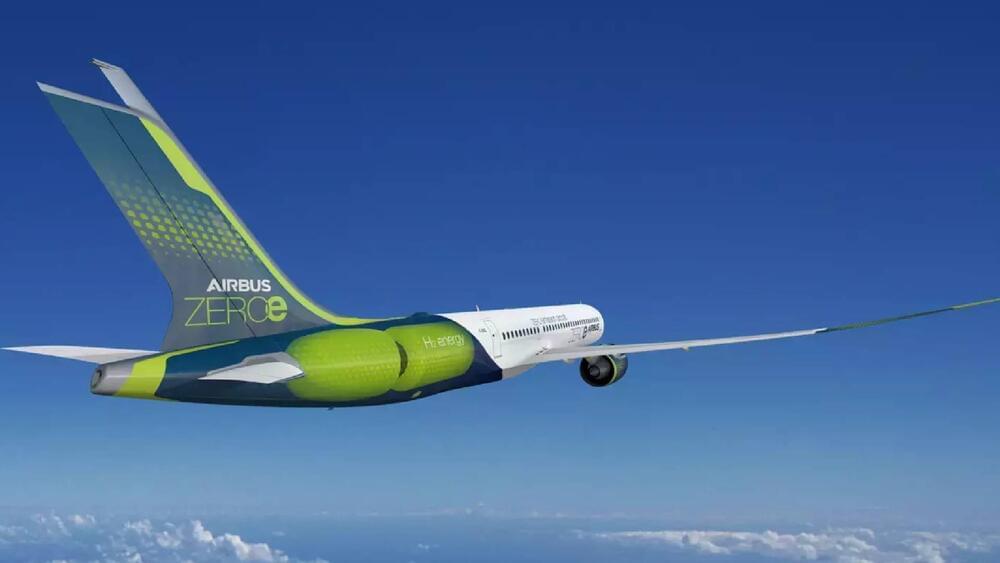


It accomplished this record-breaking feat in two hours and 49 minutes.
After aeronautical engineer Paul MacCready won the first Kremer Prize in 1977 for the flight of his human-powered Gossamer Condor over a closed circuit course, he decided to cross the English Channel by air on human-power only, according to a report by The Museum of Flight.
He thus built the Gossamer Albatross aircraft from the lessons learned with the Condor. “This light and fragile aircraft was pushed by a propeller connected through a series of gears to a constantly pedaling pilot,” explained an article in The Museum of Flight.
“A new class of ultralight designs which are characterized by low power requirements”
Using only human power to do anything is an amazing feat but this becomes exceptionally impressive when it pertains to flight. Aeronautical engineer Paul MacCready managed to achieve a human-powered only flight.

Depth of field (DOF) and resolution are mutually restricted in integral imaging (II) display. To overcome the trade-offs, we propose an II display system that simultaneously enhances the DOF and resolution. The system consists of a transmissive mirror device (TMD), a semi-transparent mirror (STM), and two II display units. Each II display unit consists of a 4K display screen and a micro-lens array (MLA). Benefiting from the parallel placement of the TMD and the STM, two central depth planes are reconstructed, which effectively enhances the DOF. Meanwhile, the resolution in the overlapping DOF region is increased to two times due to the interpolation of the light field information from two II display units. The impact of the distance between the two II display units and the TMD on the 3D image quality is analyzed. In geometric optics, a distance between the II two display units and the TMD is optimized to eliminate ghost images. In wave optics, a distance is optimized to eliminate 3D pixel gaps by exploiting the diffraction effect of the TMD. Both the geometric and wave optics are considered simultaneously to obtain a high-quality 3D image without ghost images and 3D pixel gaps. A DOF and resolution-enhanced II display system is developed, and the experimental results verify its feasibility.
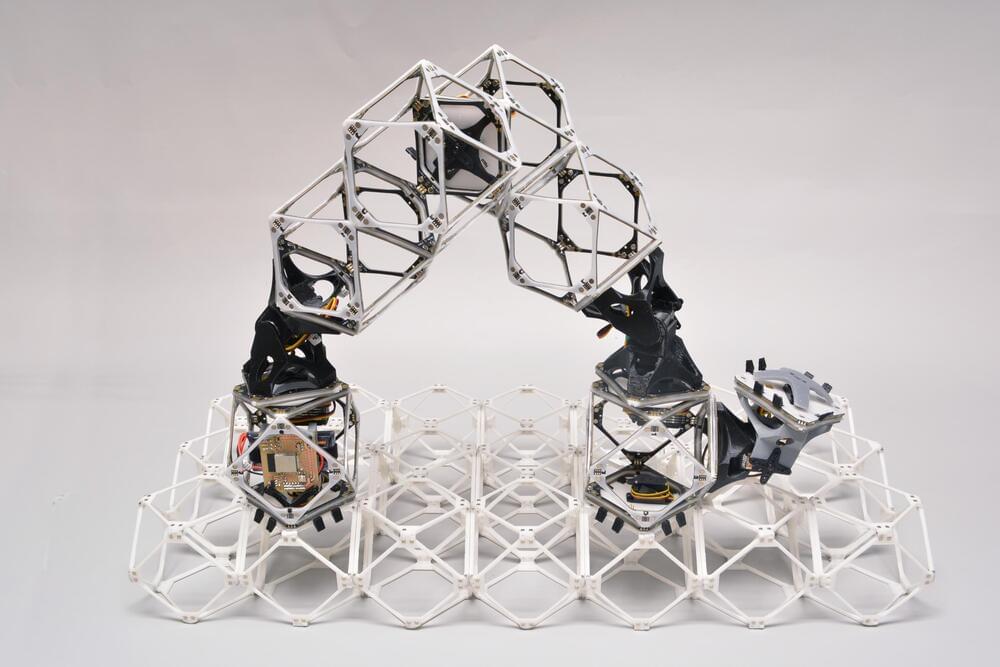
The new work, from MIT’s Center for Bits and Atoms (CBA), builds on years of research, including recent studies demonstrating that objects such as a deformable airplane wing and a functional racing car could be assembled from tiny identical lightweight pieces — and that robotic devices could be built to carry out some of this assembly work. Now, the team has shown that both the assembler bots and the components of the structure being built can all be made of the same subunits, and the robots can move independently in large numbers to accomplish large-scale assemblies quickly.
The new work is reported in the journal Nature Communications Engineering, in a paper by CBA doctoral student Amira Abdel-Rahman, Professor and CBA Director Neil Gershenfeld, and three others.
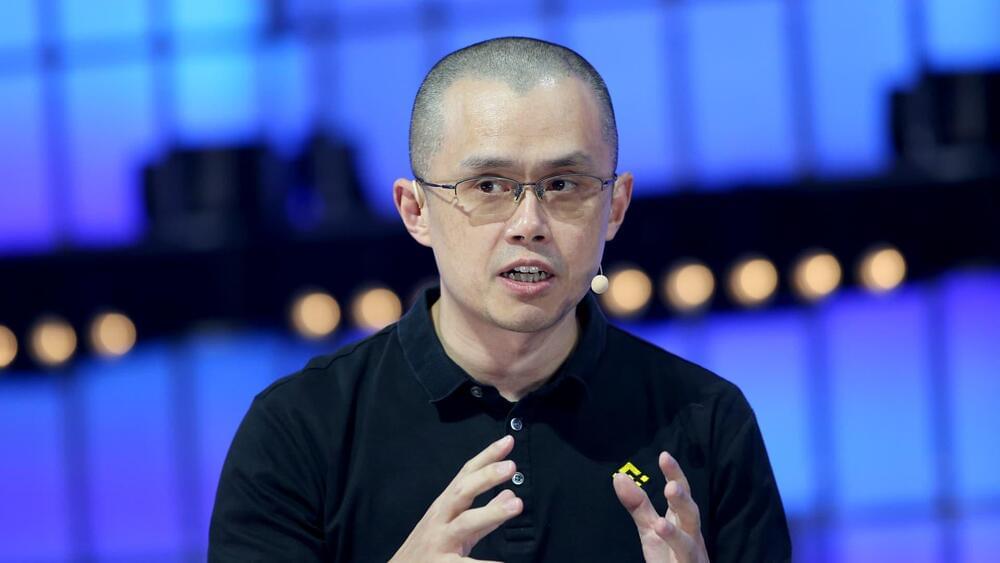
In the first court hearing for the bankruptcy case on Tuesday, a lawyer for the company gave a damning verdict of FTX and its leadership, saying the company was run as the “personal fiefdom” of Bankman-Fried.
Binance said the vehicle “is not an investment fund” and is intended to support companies and projects that, “through no fault of their own, are facing significant, short term, financial difficulties.” Zhao has said previously it is his intention to prevent further “cascading contagion effects” stemming from FTX’s collapse.
Binance said it anticipates the program will last around six months. It is accepting applications from investors to contribute additional funds.
The flying fuel tank’s flight “was arguably aviation’s last milestone.”
Nearly 36 years ago, on December 23, 1986, pilots Dick Rutan and Jeana Yeager, designer Burt Rutan, and crew chief Bruce Evans earned the Collier Trophy, aviation’s most prestigious award, according to a NASA report published in 2013.
A 25,000-mile circumnavigation of the globe.
Contributed to NASA
This was because their one-of-a-kind, purpose-built Voyager aircraft embarked on a non-stop, unrefueled flight around the world, setting a world record that remains unchallenged today.
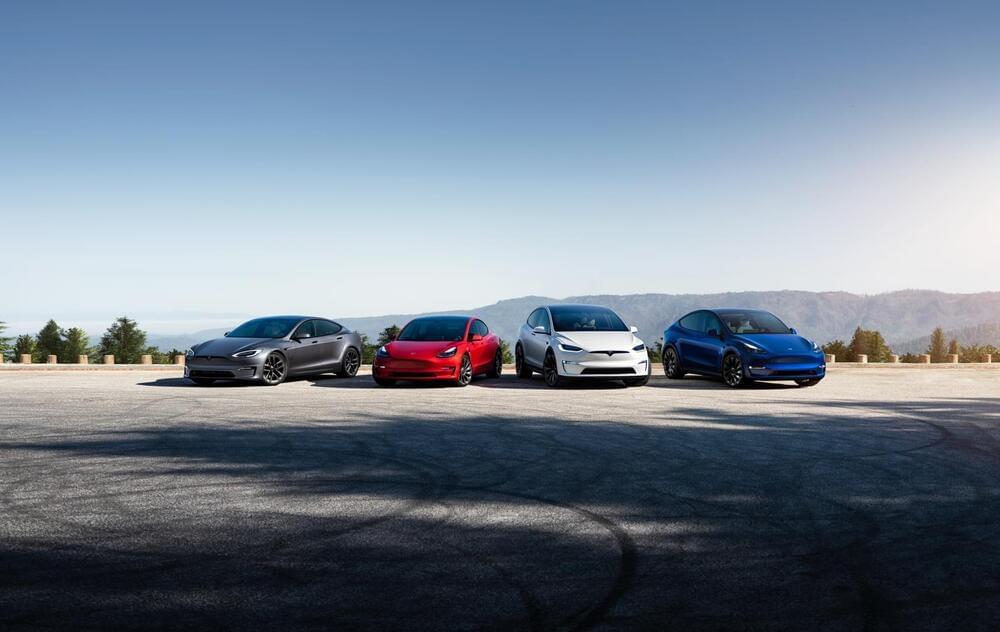
One of Tesla’s upcoming software updates should give the sound systems in its current and new vehicles a considerable upgrade. According to our source, Tesla has been working with major record labels for months to bring Dolby Atmos to Tesla cars. Once the software update rolls out, over 1 million Teslas that are currently on the road will support Dolby Atmos, including all newly manufactured vehicles.
Dolby Atmos is a surround sound format from Dolby that uses height channels to interpret sounds as 3D objects. Dolby Atmos debuted in 2012 in Los Angeles, and has since made its way into thousands of movie theaters, home theaters, and even cars.
Lucid Motors was the first carmaker to bring Dolby Atmos sound to its Lucid Air sedan early last year. This fall, Volvo and Mercedes-Benz revealed that they will be bringing Dolby Atmos to more cars as well. Volvo’s EX90 SUV will have Dolby Atmos, while Mercedes-Benz is adding Atmos to the Mercedes-Maybach S-Class, Mercedes-Benz S-Class, and its EQE, EQE SUV, EQS, and EQS SUV electric vehicles. Before long, Tesla should be on this list, too.
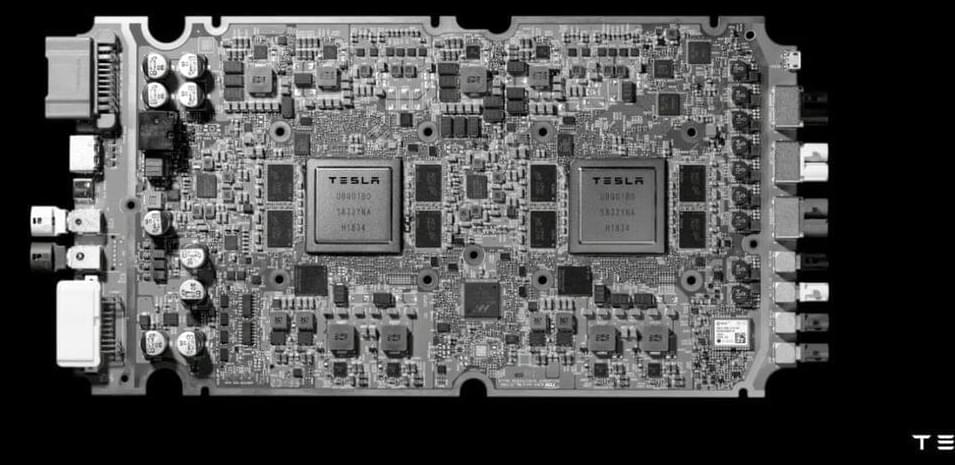
Those who follow Elon closely will notice that he is always trying to save a buck. For example, the AI chips used in current Teslas were made by Samsung instead of TSMC to save money. (TSMC makes the best chips but they are also the most expensive.) Another example of Elon saving money would be the mass layoffs at Twitter.
Well, it looks like Elon is really trying to get Full Self-Driving working and has decided that the next generation of FSD chips will be made by TSMC. He placed an order that is so big that Tesla will be the 7th largest customer of TSMC next year. He is going for 4/5 nm chips compared to the 14 nm chips he is using today.
Tesla has reportedly placed a massive order of chips for its next-gen Full Self-Driving (FSD) computer with Taiwan’s TSMC. The order is so large that it might make Tesla one of TSMC’s biggest customers.
Back in 2016, Tesla started building a team of chip architects led by legendary chip designer Jim Keller to develop its own silicon.
The goal was to design a super powerful and efficient chip to achieve self-driving in consumer vehicles without additional hardware like in custom-built autonomous vehicles operated by Waymo and Cruise.
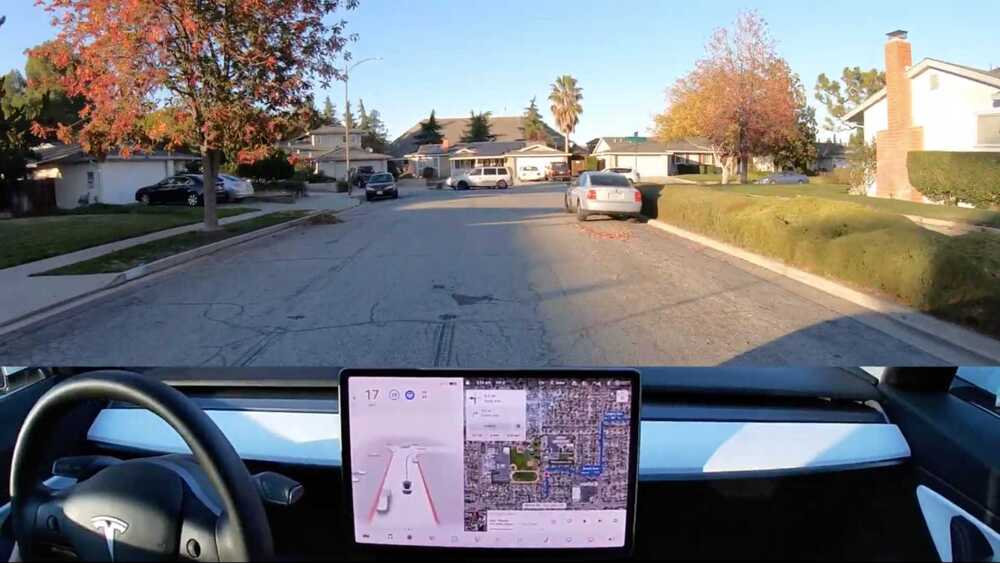

The new technology could massively boost small-city EV adoption.
A new battery technology developed by Swiss startup Morand could see electric vehicle (EV) batteries charge in less time than it takes to fill an internal combustion engine (ICE) vehicle at a gas station, the company reveals.
Novel hybrid battery technology.
Kynny/iStock.
The new technology, which can charge electric cars in only 72 seconds, is a hybrid system that uses technology from traditional batteries and ultracapacitors.